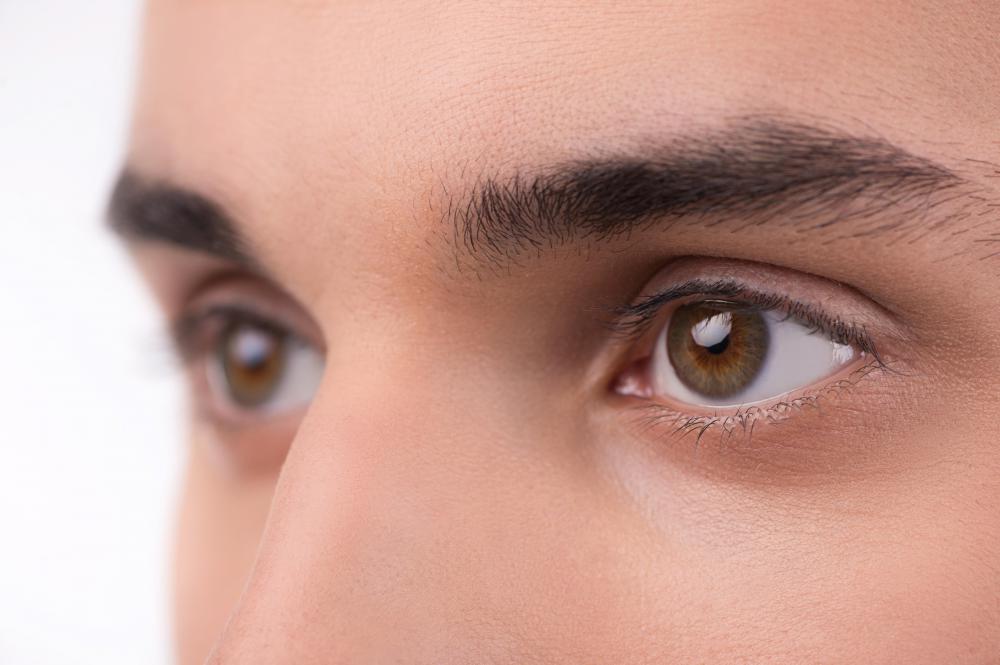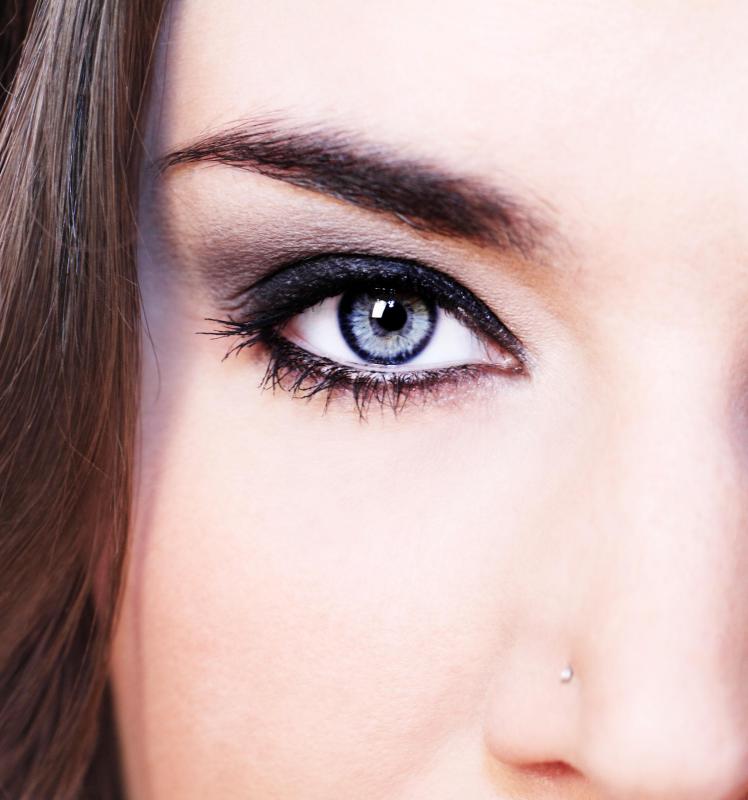At TheHealthBoard, we're committed to delivering accurate, trustworthy information. Our expert-authored content is rigorously fact-checked and sourced from credible authorities. Discover how we uphold the highest standards in providing you with reliable knowledge.
What Is Homozygous Dominant?
Homozygous dominant is a term used in genetics to describe the genotype of an organism. The genotype is the combination of genes that cause phenotype, which is how an organism looks or functions. There are three different types of genotypes, which are homozygous dominant, homozygous recessive and heterozygous.
All cells, except for reproductive — or sex — cells, contain two copies of each gene. The copies of the gene, or alleles, are found in the same location on a pair of chromosomes. One copy comes from the male parent and one comes from the female parent. Alleles determine the same characteristic — for example, hair color or eye color — but they can cause different outcomes. The various combinations of these alleles are how the genotype is determined.

Every gene has at least two different alleles, and how they combine will determine the final outcome for the characteristic. If two different forms of the gene are passed from the parents to the offspring, usually one is expressed over the other. The gene that is expressed and controls the characteristic is said to be dominant to the gene that is not expressed, which is said to be recessive. In some cases, there may be an intermediary characteristic if the organism has both a dominant allele and a recessive allele.

The terms homozygous and heterozygous describe whether the forms of the gene are the same or are different. Homozygous means that the organism contains two genes that are the same, as "homo" is Greek for "the same." Heterozygous means that the organism has two different forms of the gene. "Hetero" is Greek for "other" or "different."
As such, homozygous dominant means that the organism has two dominant alleles for that particular genetic trait. If an organism is homozygous recessive, then it has two recessive alleles. When a homozygous organism reproduces, it can only pass on one form of the allele to any offspring as it only contains the single form.

As an example, brown eye color is dominant over blue eye color. If a person is homozygous dominant for eye color, he or she will have brown eyes. If a person is homozygous recessive, he or she will have blue eyes. Lastly, someone who is heterozygous will have brown eyes. One way of determining if a person is homozygous dominant or heterozygous for brown eyes is to look at any offspring that are produced.
A homozygous dominant parent will always have brown eyed children no matter what the color of the eyes of that person’s partner. This is due to the fact that the homozygous dominant parent only has the dominant gene, which will always be expressed no matter what gene is provided by the other partner. A heterozygous parent may have both brown eyed and blue eyed children as that person has one copy of the brown eye color allele and one copy of the blue eye color allele. In this case, the eye color of the other parent does play a role in determining the eye color of any offspring, and the chances of brown and blue eyes will vary based on both parents’ genotypes.
AS FEATURED ON:
AS FEATURED ON:













Discuss this Article
Post your comments